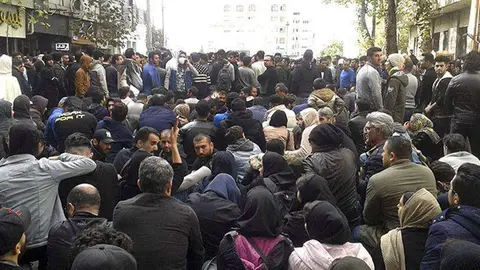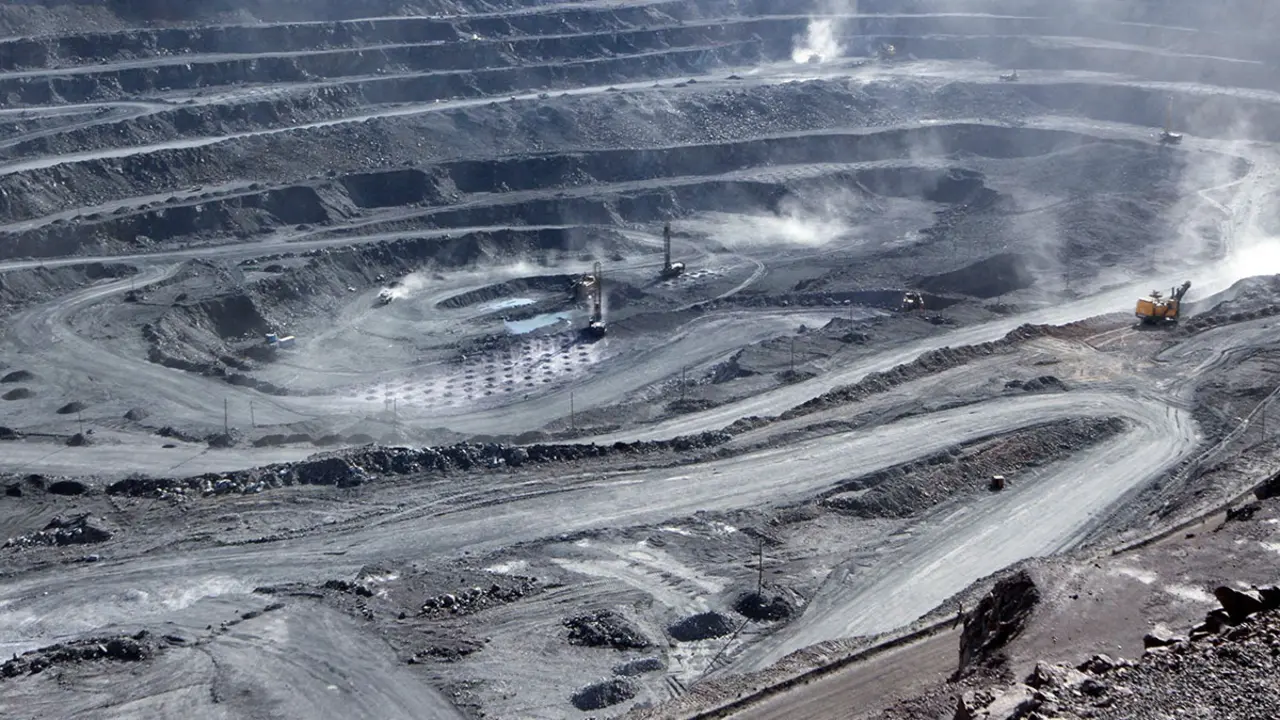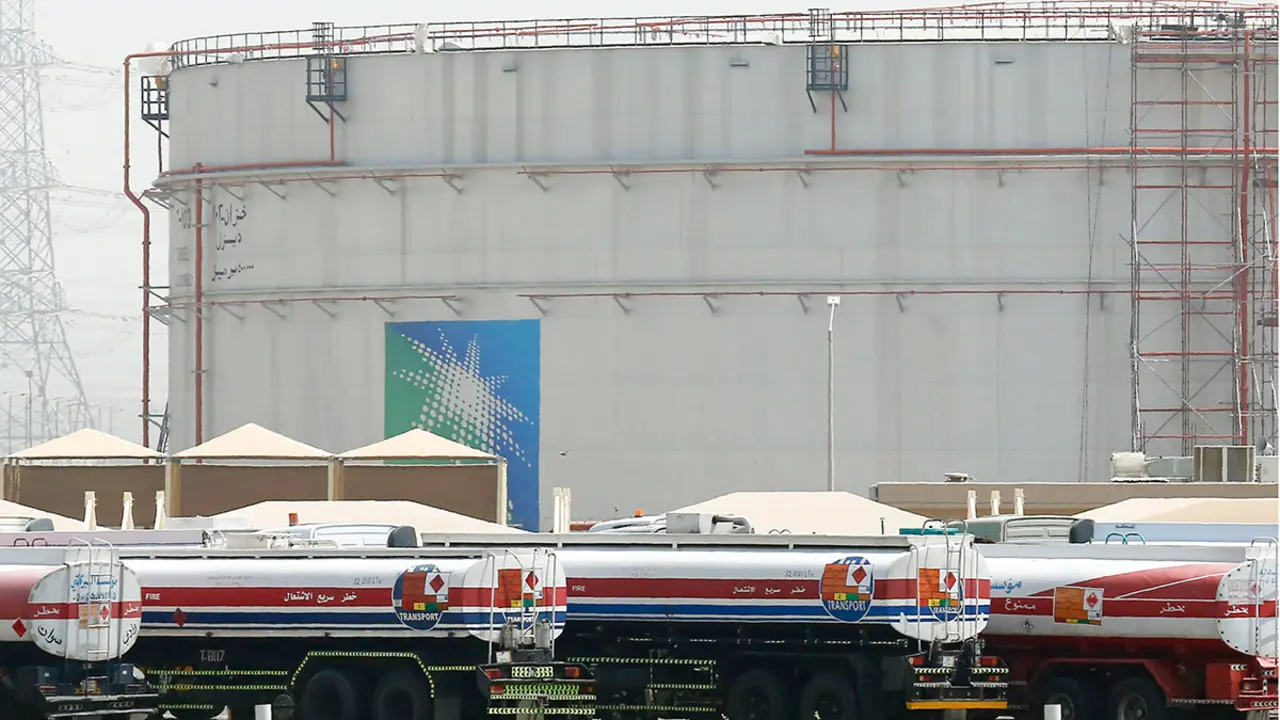Iran’s oil production increases since May 2023 despite US sanctions

Since Donald Trump's US administration abandoned the Joint Comprehensive Plan of Action (JCPOA) in May 2018, Tehran has once again been subject to US sanctions aimed at curbing its nuclear programme and limiting its oil exports. However, according to energy analysts quoted by Bloomberg, Iran's oil exports have never been as high as since the resumption of sanctions against the country.
The International Energy Agency (IEA) said in a recent report that Iran's crude oil production had increased by around 350,000 barrels per day (bpd) since the start of 2023. In its latest Oil 2023 report, the IEA states that "despite severe financial restrictions, Iran has managed to increase crude oil production by about 130,000 bpd in 2022 to an average of 2,55 million bpd, and by 350,000 bpd since the beginning of this year".
Last May, US Republican Senator Lindsey Graham admitted that the sanctions imposed unilaterally on Iran were ineffective. He criticised the Biden administration for not stopping Iran's oil exports: "the Iranians are making more money under sanctions, not less, and China is the main reason we're not doing anything about it".

According to the IEA report, Tehran has seen a maximum increase in oil production, while the other OPEC member states have seen their production stabilise or even fall. Iran's daily crude oil production volume reached 2,870 million barrels of oil per day in May 2023, up 80,000 barrels on the previous month.
According to Al Arab news, the undeclared increases in Iranian production are worrying OPEC, which has for some time been pursuing a policy of cutting production in order to control barrel prices. Although the United States is trying to negotiate a new version of the JCPOA with its Iranian counterpart, it is unlikely that this agreement will succeed in bringing Iranian production back to its normal rate of over 3% of millions of barrels.
The aim of the current discussions on this new version of the JCPOA would not be to rethink an agreement different from that of 2015, but rather a "limited" version of it. According to Simon Watkins, a writer for the Oil Price website, Iran would not have to commit to a specific date for joining the Financial Action Task Force (FATF, an intergovernmental body for combating money laundering and the financing of terrorism), but simply indicate that it will make efforts to align itself with the FATF's objectives over an indefinite period. He goes on to say that among Iran's main promises in this new limited version of the JCPOA are to maintain uranium enrichment at 60% or less and to accept regular inspections by independent nuclear watchdogs.

According to Julianne Geiger, also a writer for Oil price, "Iran's ever-increasing oil production poses a major problem for the oil group, which moves the oil market in order to keep barrel prices high enough to support its members' budgets". Indeed, the first country to suffer the consequences of oil production cuts is Saudi Arabia.
Presented as OPEC's largest oil-producing country with production of 9,980 million bpd, followed by Iraq and the United Arab Emirates (UAE) respectively, it saw its oil production volume cut by 500,000 barrels of oil per day in May 2023. Riyadh had voluntarily agreed to reduce its production quotas by a further million barrels in order to support prices. However, the efforts were short-lived and oil prices (Brent crude is below $75) are lower than they were before the kingdom announced the production cut.
Iran had managed to evade US sanctions in recent years by hiding its oil in Iraqi oil, operating ship-to-ship transfers and switching off GPS transceivers to hide its energy exports from tanker inspectors.
While Iran's full return to the oil market was welcomed by OPEC in May 2023, Tehran's actions run counter to Saudi Arabia's agenda and expose OPEC to a real risk that other members will be forced to cut production, while Iran's production is rising sharply.









